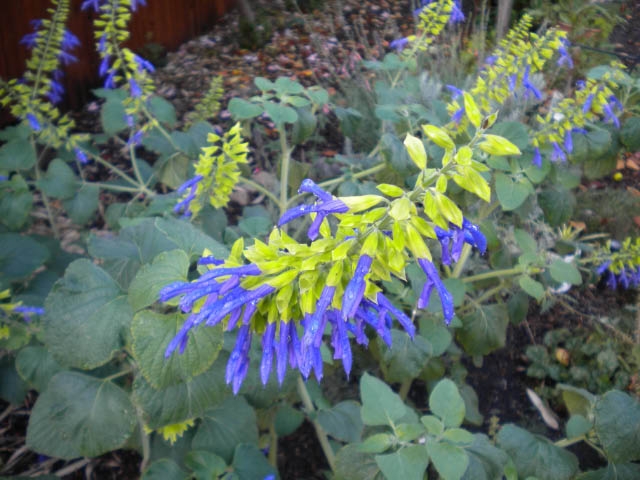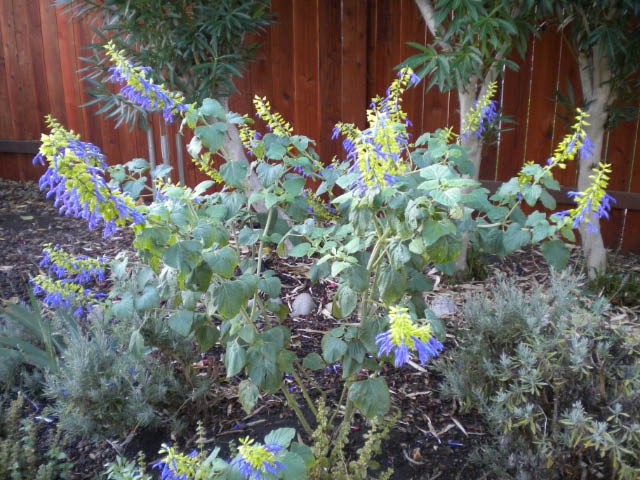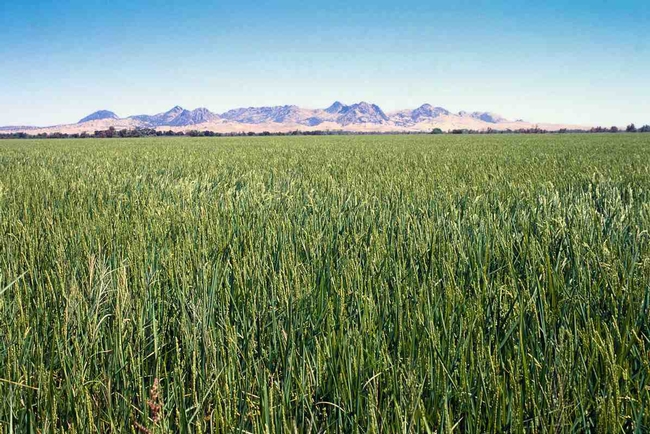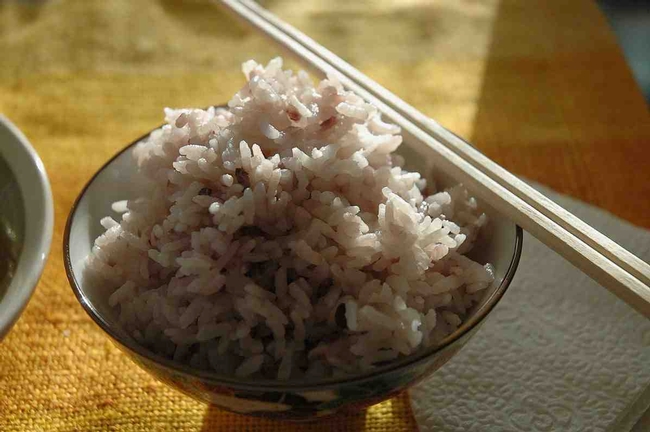UC Blogs
Lifespan
Annuals: one growing season; biennials: two growing seasons; perennials: many growing seasons. As gardeners, we know what to expect from our plants. Trees? Trees live forever, right? Nope. The fact that a tree may outlive a human is not disputed. There are dozens of ancient historical oak trees (Quercus spp.) that are several hundreds of years old, the “General Sherman” giant sequoia (Sequoiadendron giganteum) is nearly 3,000 years old, and “Methuselah” is a Great Basin Bristlecone Pine (Pinus longaeva) aged at more then 4,800 years and according to Wikipedia, is the oldest living organism on the planet.
With all those ancients in mind, I understand why we are perplexed when a tree dies. Especially when it is a relatively young tree. My colleague Kathy Thomas-Rico wrote recently about the death of European white birch trees (Betula pendula) in Vacaville. (“Birch Issues,” Under the Solano Sun, 9-2-11). It hit home this summer, right in our front yard. Our birch began to look less leafy than normal and subsequently died. Our tree was one of many planted by the developer that built the homes on our street. Over the last sixteen years our tree grew to about thirty feet tall and except for nearly all the branches being on one side due to the prevailing Solano wind, it seemed healthy. I have since learned that the European white birch is not suited to our growing zone, which is too dry and too hot. It is even considered a weed by the U.S. Forest Service - one gardener’s shade is another’s invasive species!
Over the last few years we have watched the birches disappear one-by-one from the neighborhood. I am sad our pretty white birch has been reduced to little more than a perch for the wild birds, which is still a pleasant purpose, just not the intended one. But it serves as a reminder that trees have a lifespan.
In the Limelight
I may be the Queen of potted plants, but even I will eventually throw in the towel with pots. I'd had a Salvia mexicana 'Limelight' for several years in a pot. It just never did much. I think one year I actually had one blossom. Before I threw it away, I decided to plant it in one of my lavender beds figuring it would die. The plant took off growing and hasn't stopped. With the blossoms, it's over four feet tall.
And what blossoms they are, beautiful dark purple petals exploding from lime green calyces. They are definitely eye-catchers. It's so nice to have them in the garden in the fall when many other plants have stopped blooming.They take full sun and average to low water. They are hardy to the mid twenties. Some plants just seem to do better in the ground. So before you throw anything out , give it one last chance and plunk it in the ground. It might surprise you.
Salmon returning in record numbers to the Russian River
California Sea Grant reported this week that a record number of coho salmon were counted in the downstream portions of the Russian River system in western Sonoma County, offering a glimmer of hope that recovery of the endangered silver salmon will be possible.
Adult coho also appear to be reproducing in some of their historical tributaries for the first time since biologists began visually counting, tagging and trapping fish in 2005. The fish appear to be occupying more tributaries of the river system, including some un-stocked creeks.
"There is still a long road to recovery of coho salmon, but the trend is certainly promising," the Sea Grant news release quoted Paul Olin, who oversees the monitoring component of the Russian River Coho Salmon Captive Broodstock Program.
The program is a broad coalition of government agencies, scientists and private landowners dedicated to bringing back productive salmon runs. UC Cooperative Extension is a member.
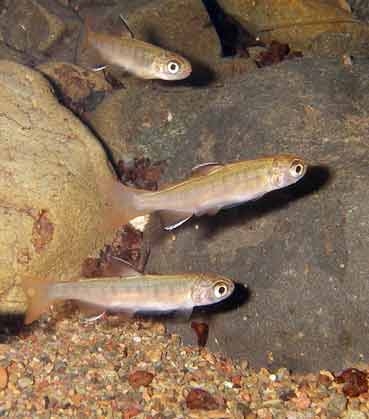
Wild coho salmon fry in Felta Creek, part of the Russian River watershed. (Photo: California Sea Grant)
Curious? Be There!
It's top secret as to what's in those drawers.And they're not letting the secret out until Saturday, Dec. 3. What it is: the UC Davis Art/Science...
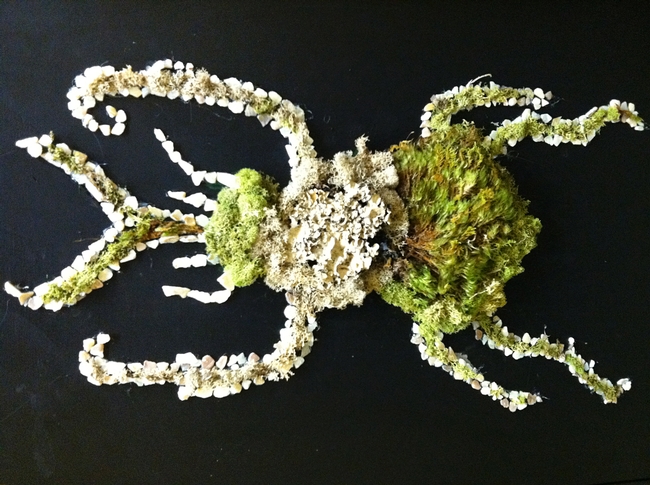
This little critter will be displayed at the Cabinets of Curiosity show on Saturday, Dec. 3 in Davis. (Photo courtesy of Anna Davidson)
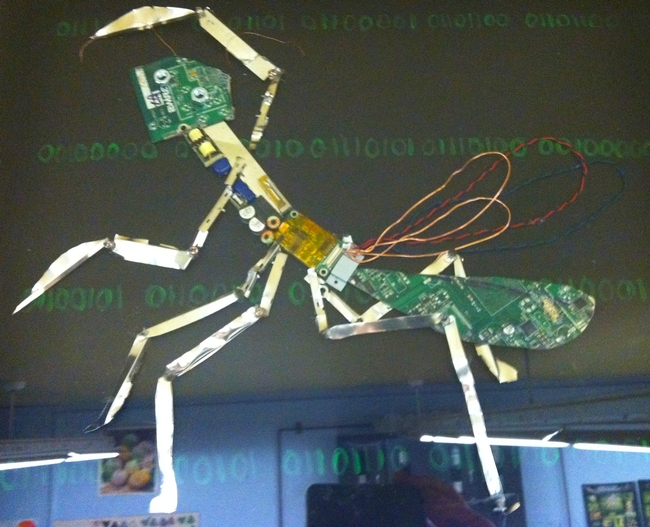
What is it? A student meshed art with science. (Photo courtesy of Anna Davidson)
Transgenic rice? Not any time soon
Although 10 years have passed since the first regulatory approval of genetically engineered, herbicide-tolerant rice, no transgenic rice is grown commercially, either in California or nationwide.
In contrast, genetically modified crops such as soy, corn and cotton have received widespread adoption by U.S. farmers.
Debate continues over whether genetically modified rice would be a plus or minus for the environment. While herbicide-tolerant varieties could reduce herbicide applications overall — they could also contribute to herbicide resistance in weedy rice.
For the time being, however, market considerations have trumped the debate over environmental costs and benefits.
A recent article in California Agriculture featured a literature review and extensive interviews with California rice growers explaining why.
“Although several studies suggest that transgenic rice would benefit California rice growers — particularly the herbicide-tolerant varieties — transgenic rice also presents economic risks,” writes Dustin Mulvaney, lead author, and now assistant professor at San Jose State University.
For one, California growers rely on exports for half of their sales. At present, Japan alone constitutes 41 percent of the state’s export market. Japan purchased more than $421 million in 2009 — over 40 percent of the industry's exports.
Japan has suggested that if tests on imports reveal transgenic traits, it would deny rice shipments. Other international customers such as Taiwan, Turkey and South Korea have followed suit. Both Taiwan and South Korea have asserted strict import restrictions on transgenic rice. Turkey banned transgenic rice altogether.
“While it is difficult to determine whether protectionism, culture or biosafety are the main forces driving such policies, all play a role in discouraging the deployment of transgenic rice,” Mulvaney said
California growers manage risks to marketability through the California Rice Certification Act. The act targets “characteristics of commercial impact,” including those of transgenic rice. The act states that growers rely upon identity preservation in the “production, handling and marketing practices that maintain the integrity and purity of agricultural commodities.”
Identity preservation is used to manage “genetic pollution” risks from transgenic crops (California Agriculture July-September 2006), particularly those not approved for human consumption or used to make pharmaceuticals (California Agriculture April-June 2007). In these latter cases, identity preservation must be 100% effective.
Mulvaney notes, “The commercial approval of transgenic rice in California is unlikely until there is widespread market acceptance and growers are assured of no sales interruptions. “


